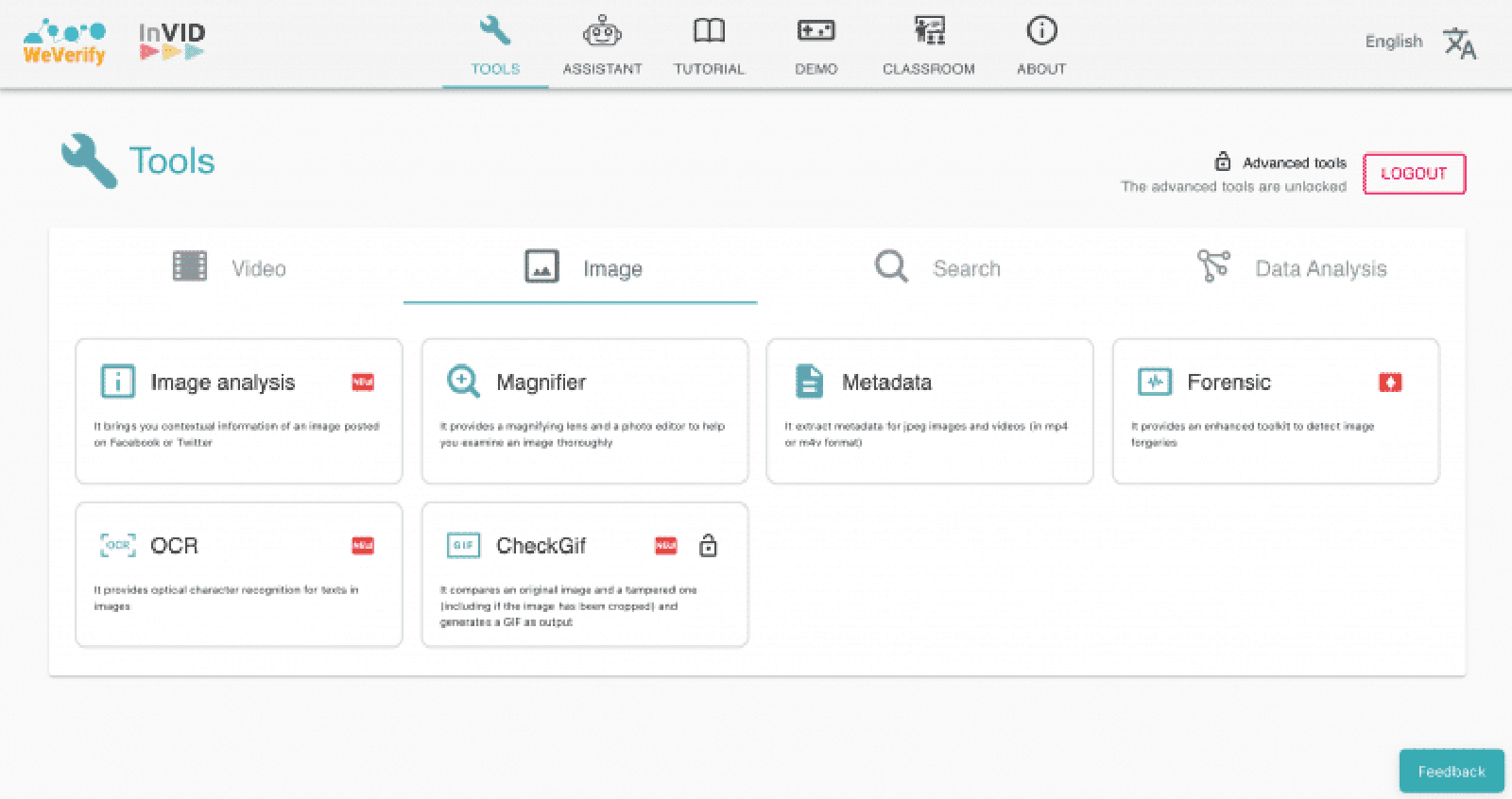WeVerify Recap
,After three years of intensive and rather successful work, our WeVerify research project formally ended in late 2021. Some wrap up work continued into 2022–including a well-received final project review with independent experts and the EU Commission in February. With all of this done, we found it is time for a short recap.
The aim of WeVerify was manifold. Put briefly, it focused on a variety of components and activities that all somehow dealt with digital content analysis and its verification. This ranged from deep fake detection via network analysis to stance classification to developing a database of known fakes.In total, there are more than a dozen results in the form of tools and software that came out of this Horizon 2020 funded project. Some of these services work stand-alone, while others have been integrated into existing tools such as the collaborative (and proprietary) verification platform Truly Media, developed and provided in a public private partnership between DW and ATC, or the single-user (and publicly available) WeVerify verification plugin. Especially the latter proved to be extremely successful with the fact-checking and verification community. At the beginning of February 2022, the browser extension had 57,000 weekly users and 71,000 monthly users from almost every country in the world.
As stated by some of the world's leading fact-checkers and verification experts, the plug-in is now a de-facto standard when it comes to image and video analysis.
One reason being: it brings together a variety of useful third-party services and significantly speeds up their usage process (e.g. by combining a variety of reverse image search engines, triggering search requests for all of them with just a few clicks). Furthermore, a number of novel services developed in the WeVerify project (and its predecessor InVID) have been included in the plug-in, such as the keyframe extraction via shot detection feature or an optical character recognition (OCR) service.
In addition to this one-stop-shop of tools and services, the WeVerify website also provides a lot of documents, ranging from publicly available deliverables (some still awaiting final approval before being published on the website) to project presentations. A WeVerify YouTube channel features tutorials, conference recordings (like the 2021 Technology and AI to Counter Disinformation sessions), and other videos worth your time.
It is safe to say that WeVerify has had a lot of impact and produced a variety of very useful results. From insights to concepts to software and tools, many of them will remain important.
WeVerify is officially over now, but we are delighted to end this post on another high note: Only a couple of weeks ago, we received a notification from the European Commission that a new proposal submitted in the topical domain "AI against disinformation" has been selected to enter into contract negotiations. This means that–with a bit of luck–the WeVerify partners (plus a couple of new ones) can continue their highly relevant work and advance the field of technology-supported verification even further. Stay tuned!
